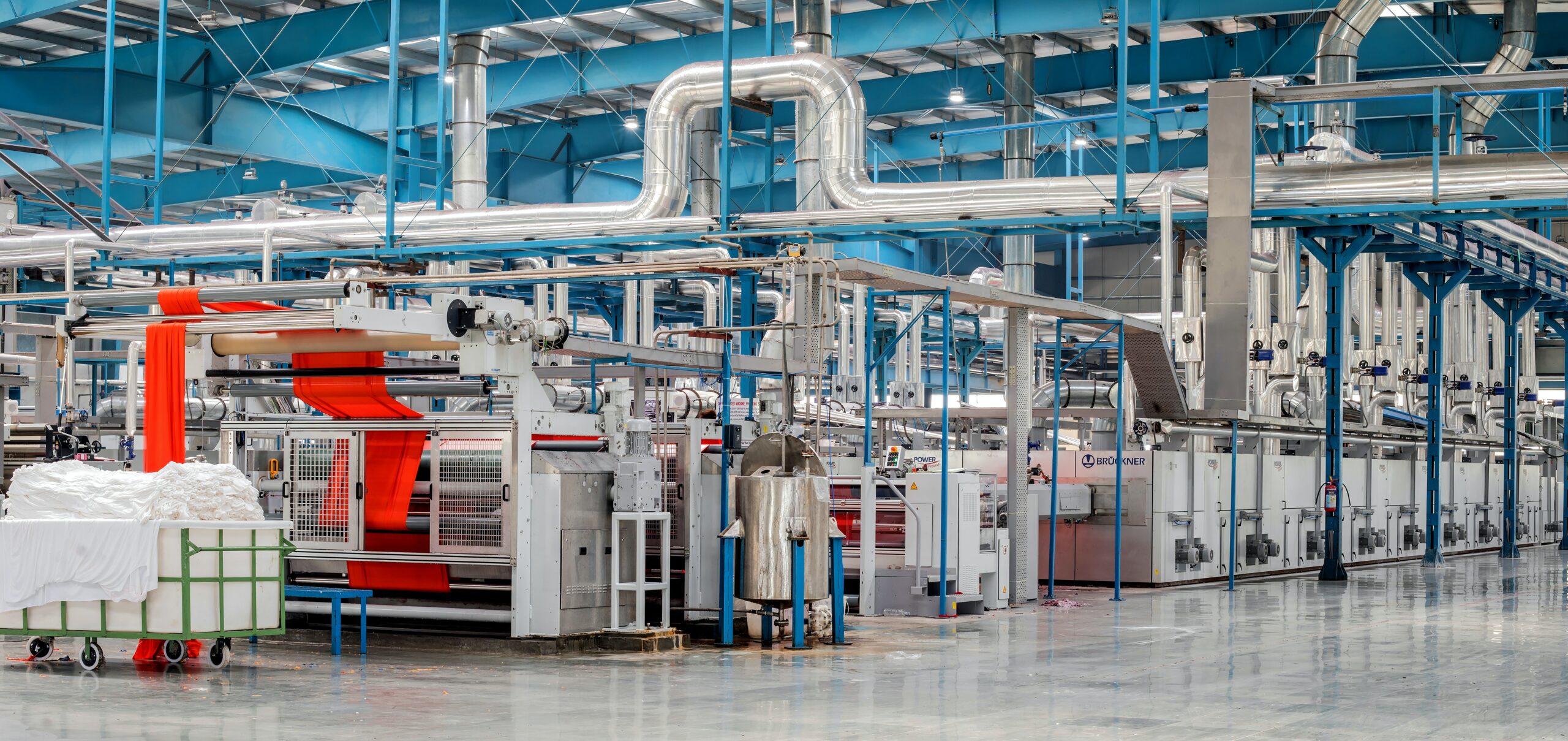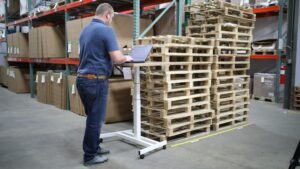
IIoT: The Automation Technology for Manufacturers

IoT is everywhere, but what about IIoT? Is it just as important for manufacturers to incorporate? What are the differences between the two? How do companies know that their WiFi network is robust and reliable enough to support these new technologies and ensure a profitable ROI? We have the answers in this post.
What is IIoT?
IIoT is the Industrial Internet of Things or simply industrialized IoT. It refers to the use of sensors, machines, and smart devices to automate and monitor business processes in industrial settings. The devices are connected to machines and the internet, effectively creating a network of interconnected technologies that can communicate and work together.
What is the difference between IoT and IIoT?
If you understand the basics of IoT, you have a good beginning for IIoT. This is because IIoT can be considered a subset of IoT.
While there are technological similarities however, there are also very real differences. Here’s a breakdown of the high-level expectations of both IoT and IIoT.
| Internet of Things (IoT) | Industrial Internet of Things (IIoT) |
| Can be used anywhere by anyone – whether a personal home or office building | Only used in industrial settings – manufacturing, utilities, oil and gas, agriculture, etc. |
| Security features will vary | More likely to have robust security measures |
| Can be asked to support either a high number or low number of devices/users | Expected to scale to support tens of thousands or more users, controllers, robots, or large machinery |
| High level of reliability and precision required – results must be trusted | High level of reliability and precision required – ex: optimizing machinery can come down to a change of milliseconds |
| Some might be used in extreme temperatures, but many will be used in temperate conditions | Must be able to work in harsh environments, including extreme temperatures, varying degrees of pressure, and possible hazardous conditions |
How is IIoT changing business?
IIoT is a disruptive technology because of its ability to impact many business processes. This doesn’t make IIoT unwelcome in a manufacturing environment, rather it simply calls out that these devices can’t be adopted with the assumption that business will continue as usual. This is good. The point of adopting these technologies is to improve operational efficiency and give yourself an edge over competitors. This requires change.
How exactly are businesses changing? Utilizing IIoT should result in enhanced productivity, safety, and/or cost savings. If it doesn’t, you’ve adopted the wrong technology. To avoid this problem, follow these steps:
- Identify a specific problem in your processes. This could be anything from a lack of visibility into a certain machine’s operations to a need to better monitor transport fleets
- Make a list of what data and analytics you need to resolve the problem
- Determine how you will know if the problem improves: what are your measurable analytics?
- Research IIoT devices and select one
- Use the device for 1-3 months
- Compare your measurable analytics from before you started using the device to after
You should see improvement. This could be:
- Boosted productivity: IIoT helps manufacturers automate, and automation should lead to streamlined operations, more accuracy, and boosted productivity.
- Shorter time to market: these technologies can better predict market fluctuations and potential issues like supply chain disruptions and adverse weather. They allow companies to respond proactively and quickly, resulting in a shorter time to market.
- Fewer errors: IIoT devices can automate manual processes, and identify potential and existing issues. With detailed insights, enterprises can reduce manufacturing and business errors.
- Predictive maintenance: there’s no reason to wait for a machine to go offline with IIoT. These devices can move companies from reactive to proactive with predictive maintenance as they establish baseline performance and alert companies when performance starts to degrade.
- Improved safety: IIoT can monitor everything from physical safety to cybersecurity. With devices and sensors working to monitor every aspect of a business, security alerts can be delivered faster. The data and analytics generated can also help to prevent issues in the future.
- Reduced costs: all of the above benefits result in streamlined operations that reduce overall costs while boosting profits.
What are some IIoT examples?
IIoT devices can be used to:
- Manage fleets: such as identifying which vehicles need preventive maintenance or other service
- Real-time inventory tracking
- Automate assembly lines
- Monitor remote systems
- Create digital twins of products
- Monitor warehouses and manufacturing plants for environmental changes
There are many more ways that manufacturers use these technologies. With more products entering the market every year, businesses are only constrained by their unique needs and budget.
How do manufacturers optimize WiFi networks for IIoT?
IIoT devices must connect to the internet in order to work. This requires that an internet connection is always available. In other words, a company’s WiFi network must be consistently reliable. If there’s a WiFi problem, it can mean IIoT devices are unable to analyze, and transmit data. This reduces their usefulness.
To maintain optimized WiFi networks, companies must monitor the entire RF ecosystem at all times. This includes connected devices and backend and frontend infrastructure, as well as sources of interference such as nearby networks and Bluetooth devices. This full-time monitoring requires IT professionals to analyze thousands of data packets a second, an impossible feat for any employee. This is where AI-powered WiFi automation comes in.
AI-powered WiFi automation solutions automate the detection, notification, and mitigation of WiFi issues. Wyebot’s solution provides:
- 100% visibility into the entire RF ecosystem
- Non-stop monitoring of all WiFi frequencies
- Automatic and proactive alerts for any issues
- Remote troubleshooting
- Historical wireless traces
- Vendor agnostic support
With these features, manufacturers can expect:
- 90% faster resolution times for improved user experience
- 70% fewer WiFi problems for improved business continuity
- 80% fewer remote site visits for reduced costs
Without a reliable WiFi, no number of IIoT devices is going to turn a business around or give it a competitive edge. The WiFi must be prioritized. To learn more about how AI-powered WiFi automation works, and to bring WiFi assurance to your enterprise, ask us about a free trial and demo.


